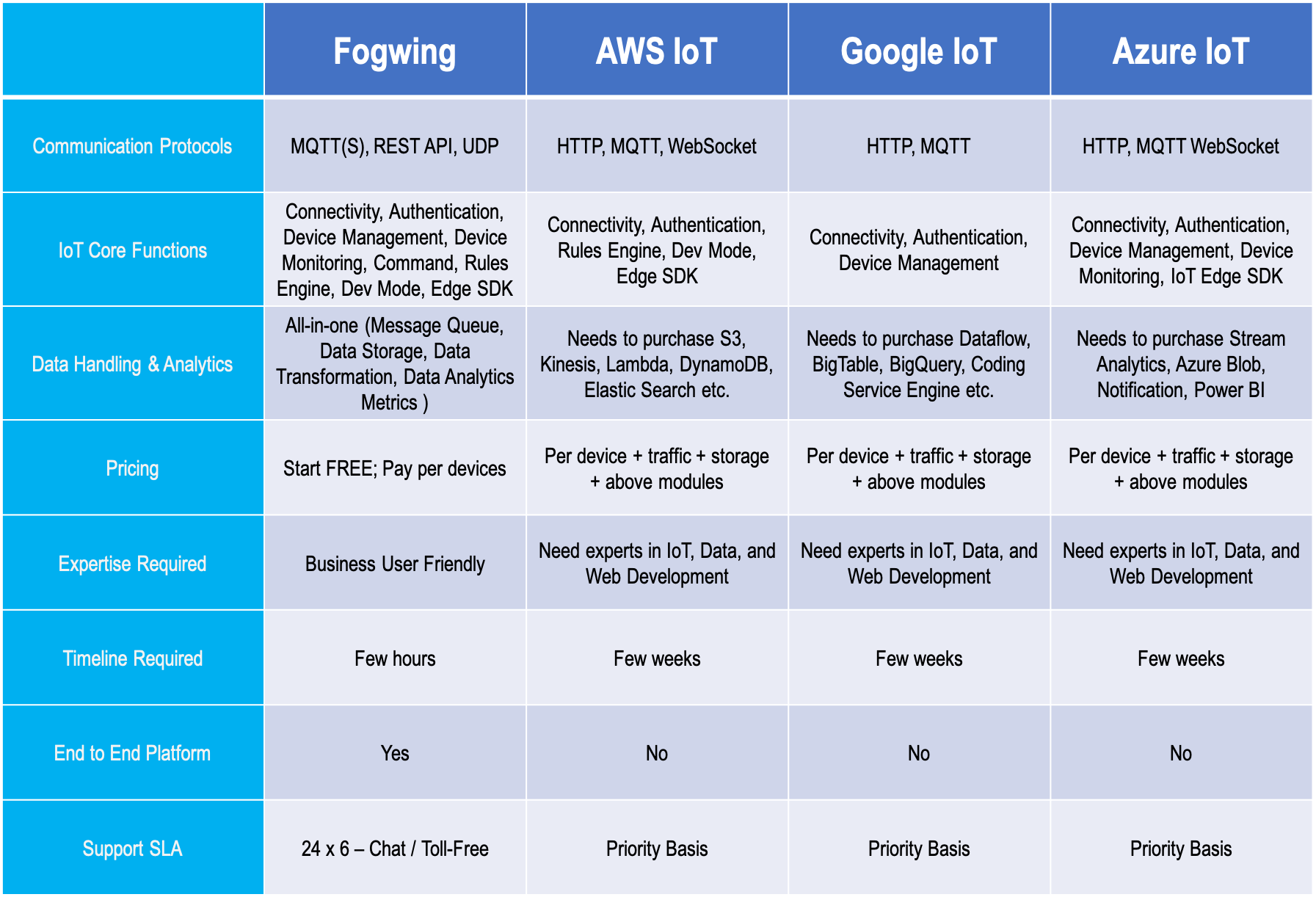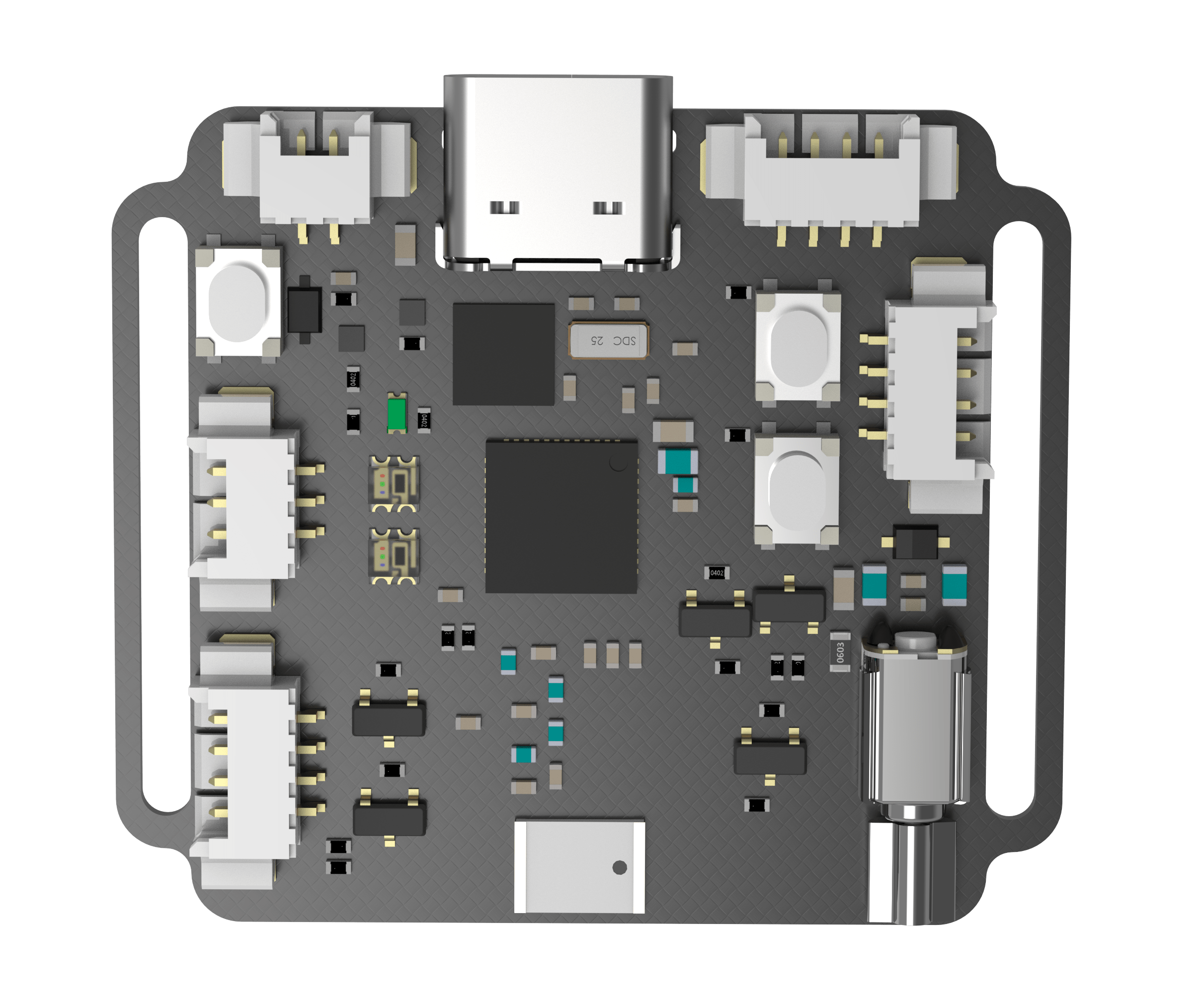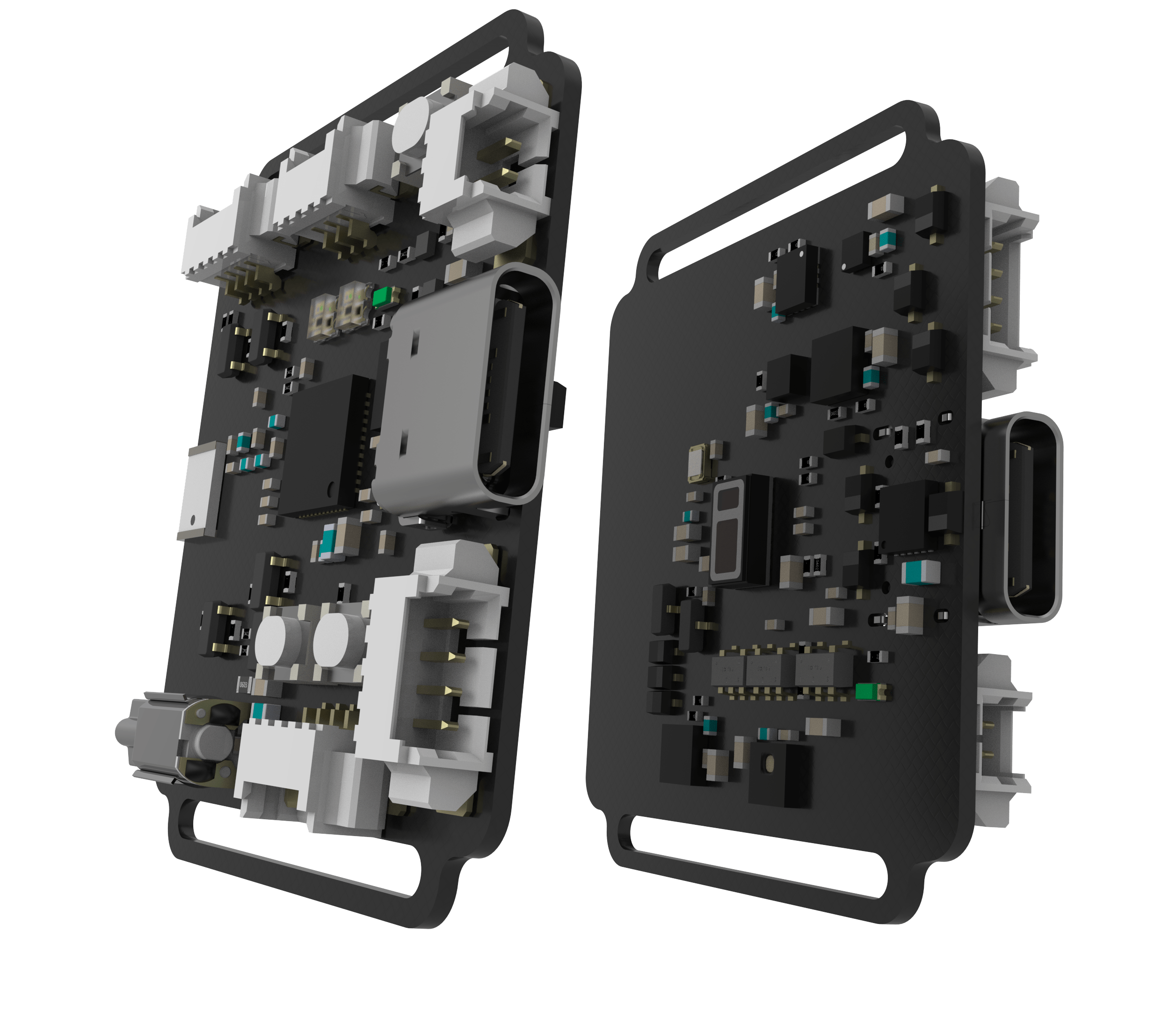Best Remote IoT Platform: The Ultimate Guide To Revolutionize Your Smart Tech
Hey there, tech enthusiasts! Are you ready to dive deep into the world of remote IoT platforms? This isn’t just about gadgets; it’s about transforming how we interact with technology. The best remote IoT platform can completely reshape how businesses operate, how homes function, and even how cities manage resources. If you’ve ever wondered what makes one platform stand out from the rest, you’re in the right place. We’re going to explore everything you need to know about these game-changing tools.
Let’s face it—IoT is no longer just a buzzword. It’s a necessity. Whether you’re building a smart home, scaling a business, or managing a sprawling smart city, having the right remote IoT platform is crucial. The market is flooded with options, but not all platforms are created equal. That’s why we’re here—to help you navigate the complex world of IoT and find the best remote IoT platform tailored to your needs.
This guide isn’t just another listicle. It’s packed with real-world insights, expert tips, and actionable advice. So, buckle up, because we’re about to take you on a journey through the cutting-edge world of IoT platforms. And hey, don’t worry if you’re not an expert—this guide is designed for everyone, from tech novices to seasoned professionals.
- Does Millie Bobby Brown Smoke The Truth Revealed
- Filmyfly Your Guide To Bollywood Hollywood More 2024 Update
What Makes a Remote IoT Platform Truly the Best?
Before we jump into the specifics, let’s talk about what defines a top-tier remote IoT platform. It’s not just about features—it’s about performance, scalability, and ease of use. The best platforms offer robust security, seamless integration, and a user-friendly interface. They should also support a wide range of devices and protocols, ensuring that they can grow with your needs.
Here’s a quick rundown of what to look for:
- Scalability: Can the platform handle growth without sacrificing performance?
- Security: Is it equipped with the latest encryption and authentication protocols?
- Integration: Does it work seamlessly with your existing systems?
- User Experience: Is the platform intuitive and easy to navigate?
These factors might seem simple, but they make all the difference when it comes to choosing the best remote IoT platform for your project.
- Neil Pearson From Drop The Dead Donkey To Twins Tale
- Harry Litman Life Career Wife Julie Roskies More
Top Remote IoT Platforms in 2023
Now that we’ve covered the basics, let’s dive into the contenders. There are several platforms out there, each with its own strengths and weaknesses. Here’s a closer look at some of the best remote IoT platforms available today:
1. AWS IoT Core
AWS IoT Core is a powerhouse in the IoT world. Built by Amazon Web Services, it’s designed to handle millions of devices and trillions of messages. Its scalability is unmatched, making it perfect for large-scale projects. Plus, it integrates seamlessly with other AWS services, offering a comprehensive suite of tools for data processing and analytics.
2. Microsoft Azure IoT
Microsoft Azure IoT is another heavy hitter. Known for its robust security features and advanced analytics capabilities, it’s a favorite among enterprises. Azure IoT supports a wide range of protocols and devices, ensuring compatibility with virtually any setup. It also offers edge computing capabilities, allowing you to process data closer to the source.
3. Google Cloud IoT Core
Google Cloud IoT Core brings the power of Google’s machine learning and AI to the table. It’s ideal for projects that require advanced data processing and predictive analytics. With its real-time data streaming capabilities, it’s perfect for applications that demand instant insights, such as predictive maintenance and smart agriculture.
How to Choose the Best Remote IoT Platform
Selecting the right platform can be overwhelming, especially with so many options available. Here’s a step-by-step guide to help you make the right choice:
Step 1: Define Your Needs
Before you start evaluating platforms, take a step back and assess your requirements. What do you need the platform to do? Are you building a smart home, managing a fleet of vehicles, or running a smart factory? Understanding your needs will help you narrow down your options.
Step 2: Evaluate Features
Once you know what you need, it’s time to compare features. Look for platforms that offer the capabilities you require, such as device management, data analytics, and security. Don’t forget to consider scalability—if your project is likely to grow, you’ll need a platform that can keep up.
Step 3: Check Compatibility
Compatibility is key. Make sure the platform you choose works with your existing systems and devices. You don’t want to invest in a platform only to find out it doesn’t support your hardware or software.
Step 4: Assess Security
Security should be a top priority. Look for platforms that offer end-to-end encryption, two-factor authentication, and other advanced security features. After all, the last thing you want is for your data to fall into the wrong hands.
The Role of Security in Remote IoT Platforms
Security is more than just a feature—it’s a necessity. With the increasing number of connected devices, the risk of cyberattacks is higher than ever. That’s why the best remote IoT platforms prioritize security, offering features like:
- End-to-end encryption
- Device authentication
- Regular security updates
- Compliance with industry standards
When evaluating platforms, make sure they meet these security standards. It’s also a good idea to look for platforms that offer additional security features, such as intrusion detection and threat intelligence.
Scalability: The Key to Future-Proofing Your IoT Solution
Scalability is another critical factor to consider. As your project grows, so will your data and device requirements. The best remote IoT platforms are designed to scale seamlessly, ensuring that they can handle increased loads without compromising performance.
Here’s how scalability can benefit your project:
- Handle more devices without downtime
- Process larger volumes of data efficiently
- Expand functionality with ease
When choosing a platform, look for one that offers flexible pricing plans and allows you to upgrade as needed. This way, you can start small and scale up as your project grows.
Data Analytics and Insights
Data is the lifeblood of IoT. The best remote IoT platforms offer advanced analytics capabilities, allowing you to extract valuable insights from your data. Whether you’re monitoring energy consumption, tracking inventory levels, or optimizing supply chains, having access to real-time data can make all the difference.
Here are some of the analytics features to look for:
- Real-time data streaming
- Predictive analytics
- Customizable dashboards
- Machine learning integration
These features can help you make informed decisions and improve operational efficiency.
Integration with Existing Systems
Compatibility with existing systems is crucial. You don’t want to invest in a platform that requires a complete overhaul of your infrastructure. The best remote IoT platforms offer seamless integration with a wide range of systems and devices, ensuring that they fit into your existing setup.
Here are some integration capabilities to consider:
- Support for multiple protocols
- API integration
- Third-party app support
- Cloud integration
By choosing a platform that integrates well with your existing systems, you can save time and money while maximizing the value of your IoT solution.
Cost Considerations
Let’s talk about the elephant in the room—cost. The best remote IoT platforms can vary significantly in price, depending on their features and capabilities. While it’s tempting to go for the cheapest option, it’s important to consider the long-term value of the platform.
Here are some cost factors to keep in mind:
- Subscription fees
- Device limits
- Data usage charges
- Additional features
When evaluating platforms, look for one that offers a pricing model that aligns with your budget and needs. Don’t forget to factor in hidden costs, such as setup fees and technical support.
Real-World Examples of Successful IoT Deployments
To give you a better idea of how these platforms work in practice, let’s take a look at some real-world examples of successful IoT deployments:
Example 1: Smart Agriculture
Agricultural companies are using IoT platforms to monitor soil conditions, track crop growth, and optimize water usage. By leveraging real-time data, they can make informed decisions and improve yields.
Example 2: Smart Cities
Cities around the world are implementing IoT solutions to improve traffic management, reduce energy consumption, and enhance public safety. These platforms enable them to collect and analyze data from a wide range of sensors and devices.
Example 3: Predictive Maintenance
Manufacturing companies are using IoT platforms to predict equipment failures and schedule maintenance before they occur. This proactive approach helps them reduce downtime and save costs.
Conclusion
So, there you have it—the ultimate guide to finding the best remote IoT platform. Whether you’re building a smart home, managing a fleet of vehicles, or running a smart city, the right platform can make all the difference. By considering factors like scalability, security, and integration, you can choose a platform that meets your needs and helps you achieve your goals.
Before you go, we’d love to hear from you. Have you tried any of these platforms? What was your experience like? Leave a comment below and let us know. And don’t forget to share this article with your friends and colleagues who might find it useful.
Stay tuned for more exciting content on IoT and other cutting-edge technologies. Until next time, keep innovating and stay connected!
- Megan Moroney Republican Or Democrat The Truth Revealed
- Zefoy Tiktok Free Likes Followers 2025 Update Alternatives

Industrial IoT Platform Comparison Fogwing.io

IoT Platform For Wearables — AJProTech

IoT Platform For Wearables — AJProTech